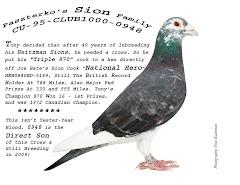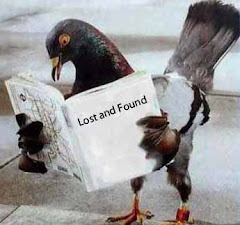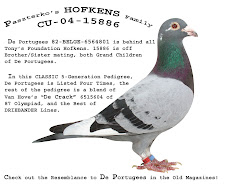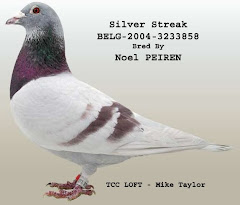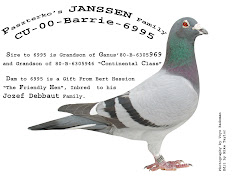The measure of performance is given in miles flown, but my experience is that it is the pace and hours on the wing which finds them out. Study the results of a few very fast races of over 300 miles or more and watch how quickly the velocities of the winning pigeons drop as pace takes its toll. Study any race where the winners are taking more than ten hours to do the journey and as a rule there will be empty perches at nightfall. It is pace and hours on the wing which bring exhaustion, and we will now consider what effect this has on the desires of the pigeons concerned as they plod on hour after hour. Physical exhaustion brings about an overwhelming desire for rest, so the fatigued pigeon stops flying. Furthermore, if my observations are correct, the next most desirable thing after rest will be water to drink. If the bird has found somewhere to rest and water to drink, a night's rest and the body's reserves will have replaced some of the losses, and the pigeon may resume its journey the following day, without having eaten any food. This raises the question of whether we prepare and condition our pigeons correctly to meet the task we set them, especially for the longer distances which perhaps involve a night out.
by Major A. Neilson Hutton
Pigeon Lore
1962







